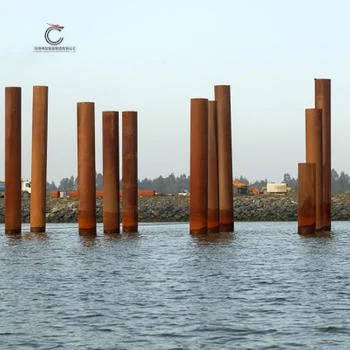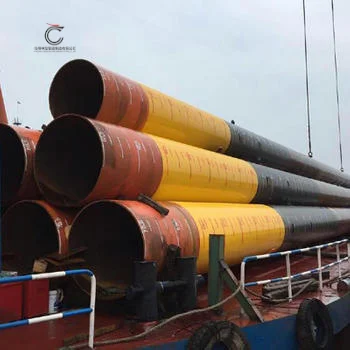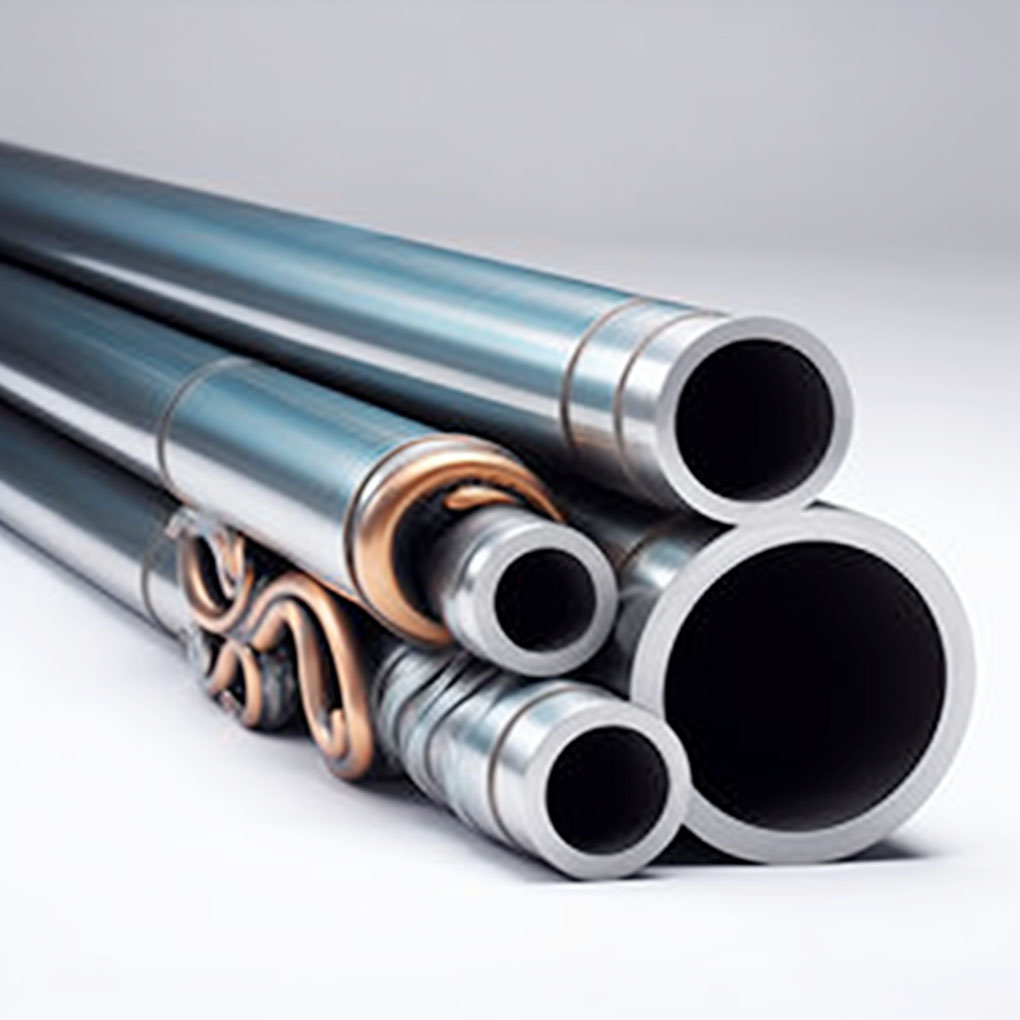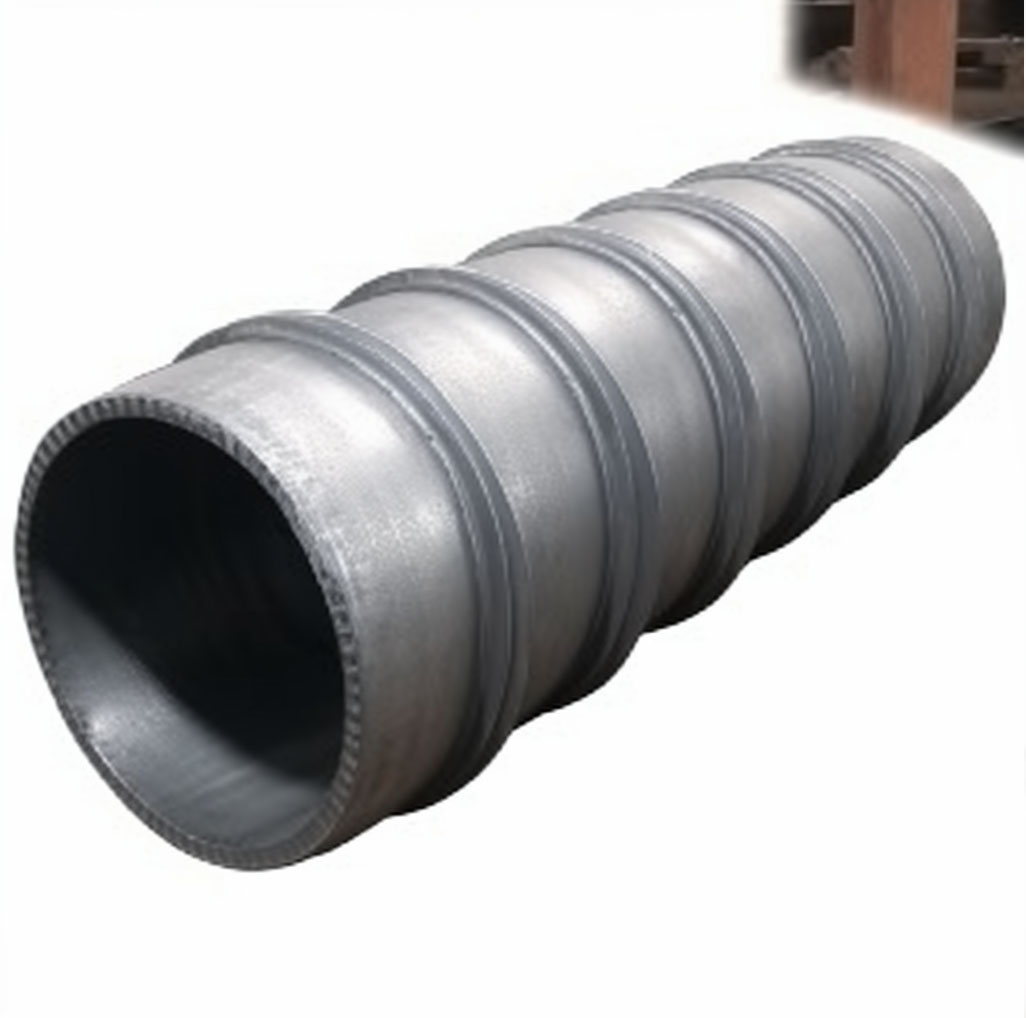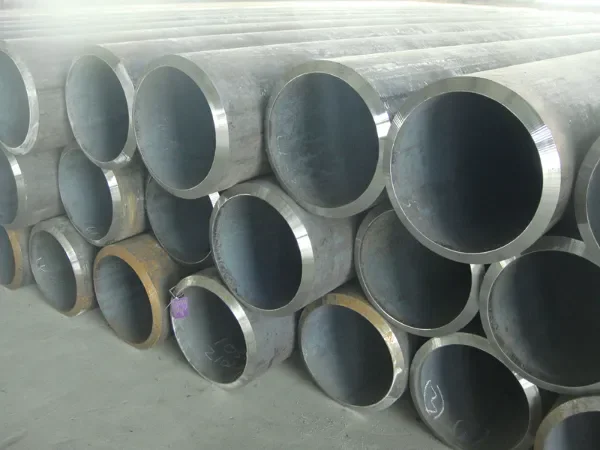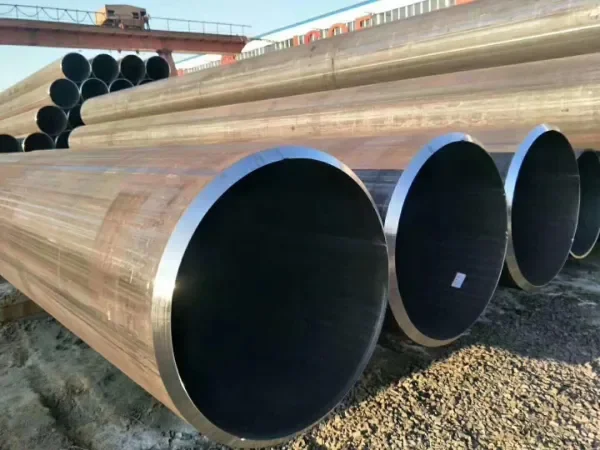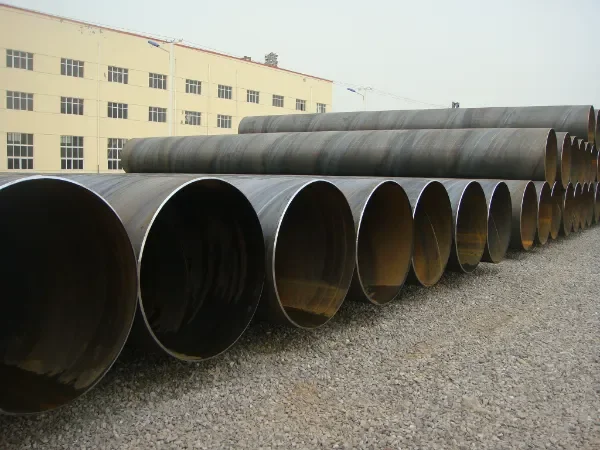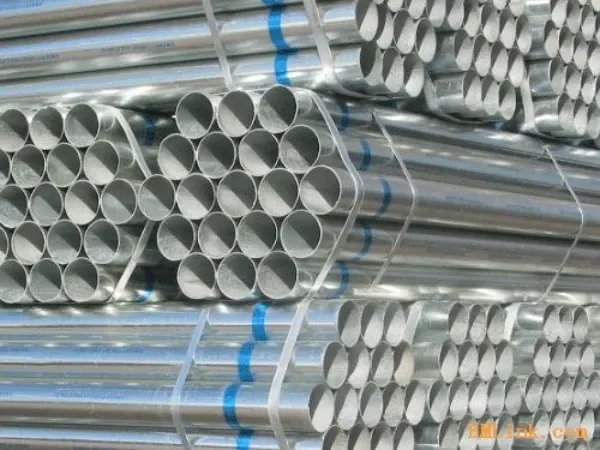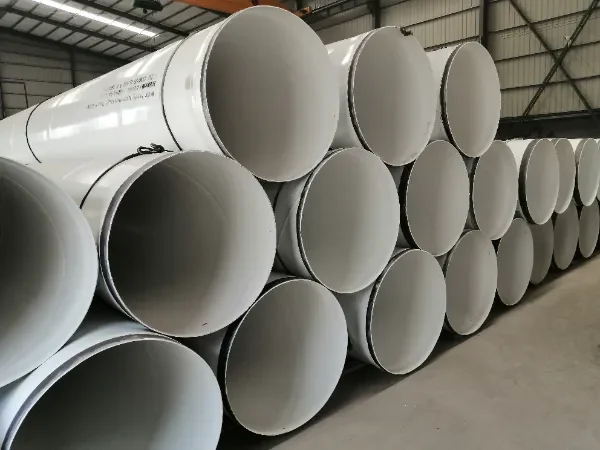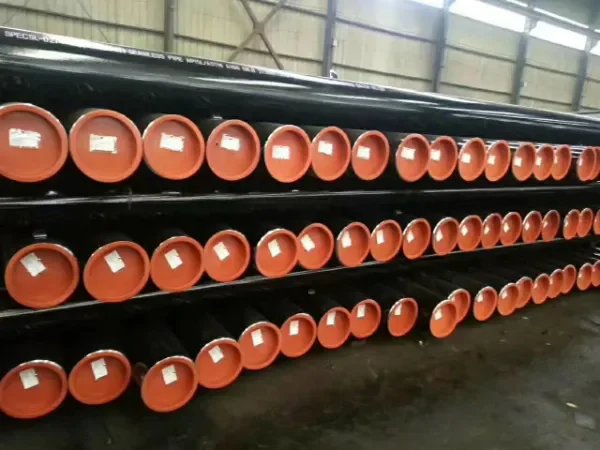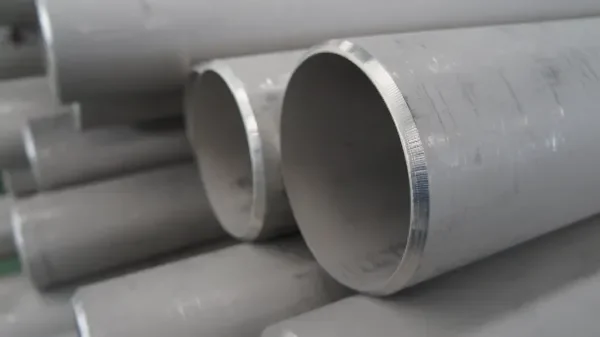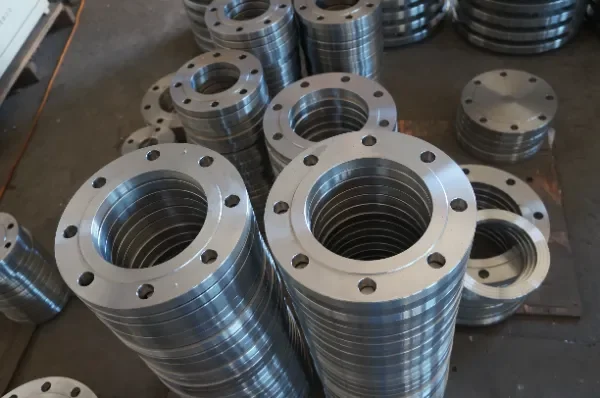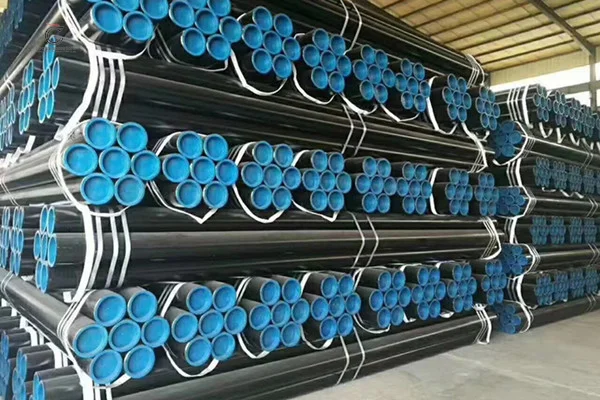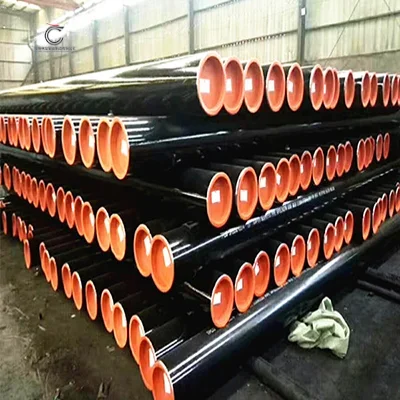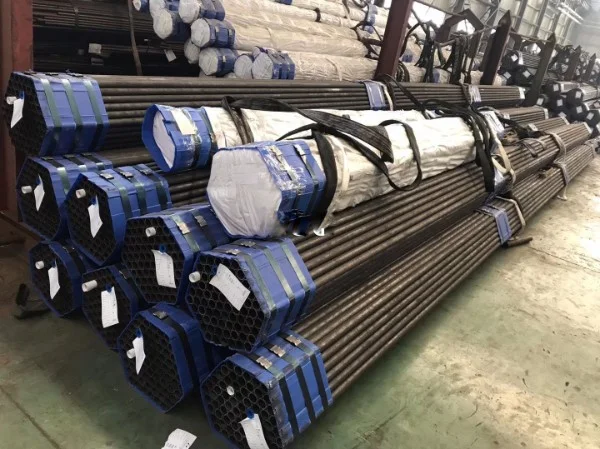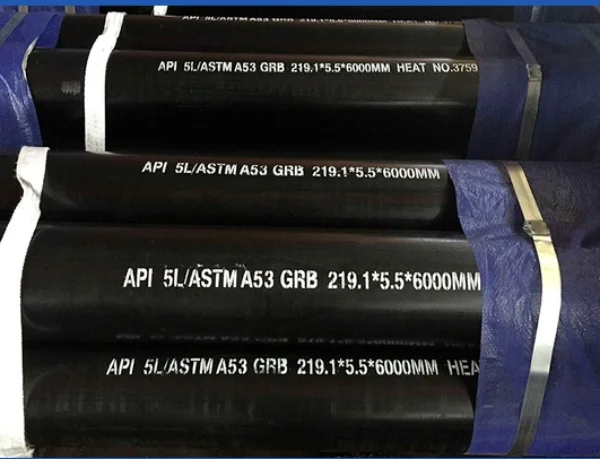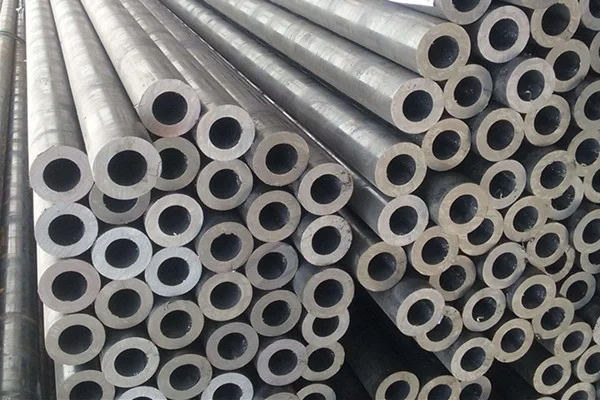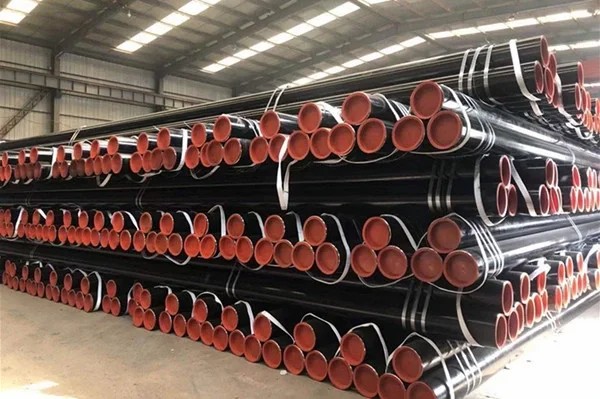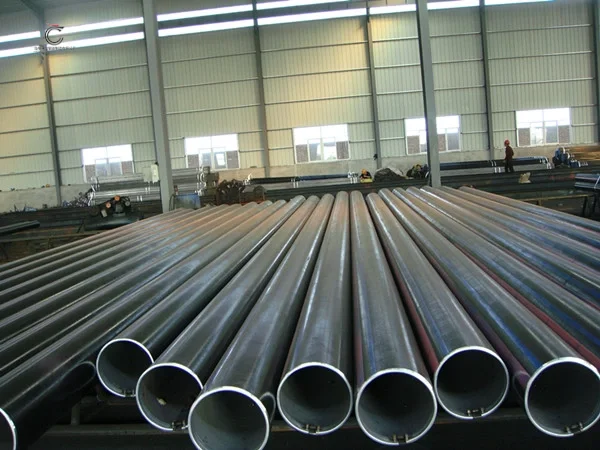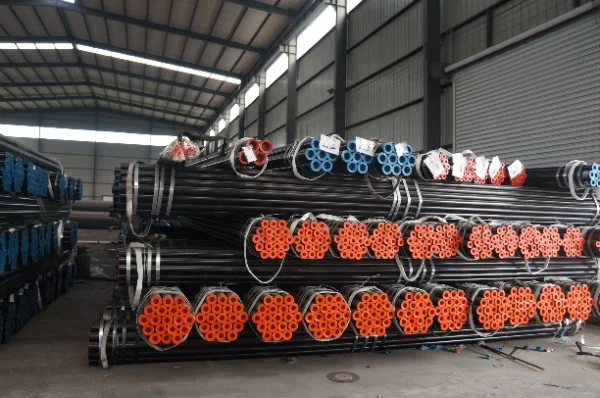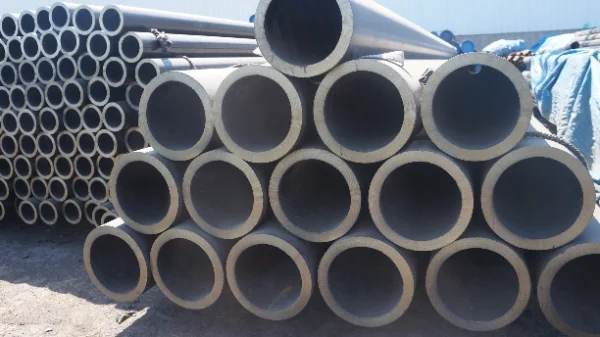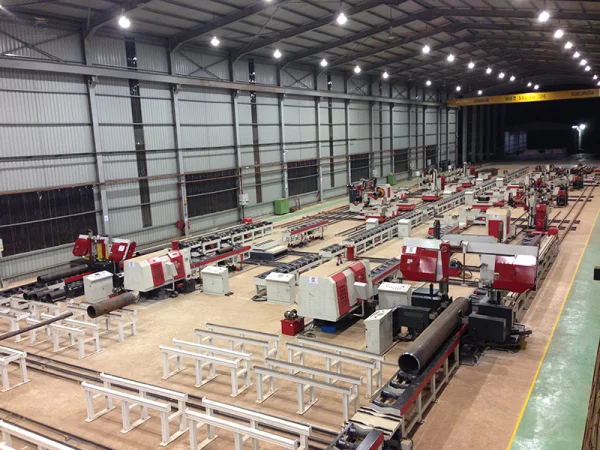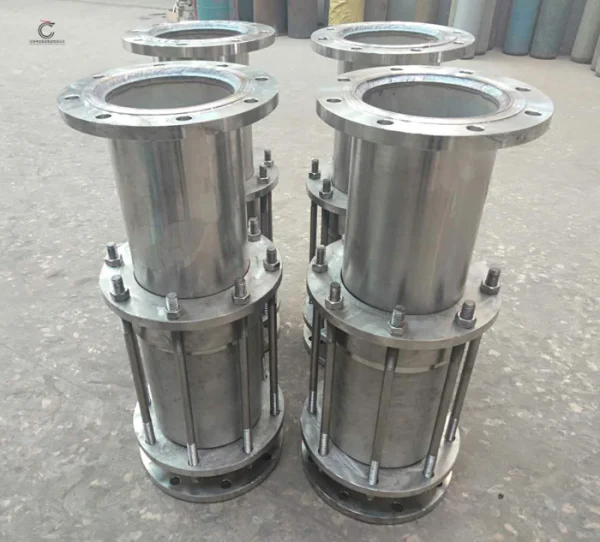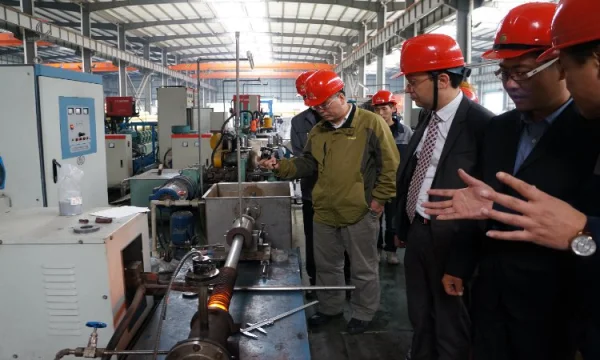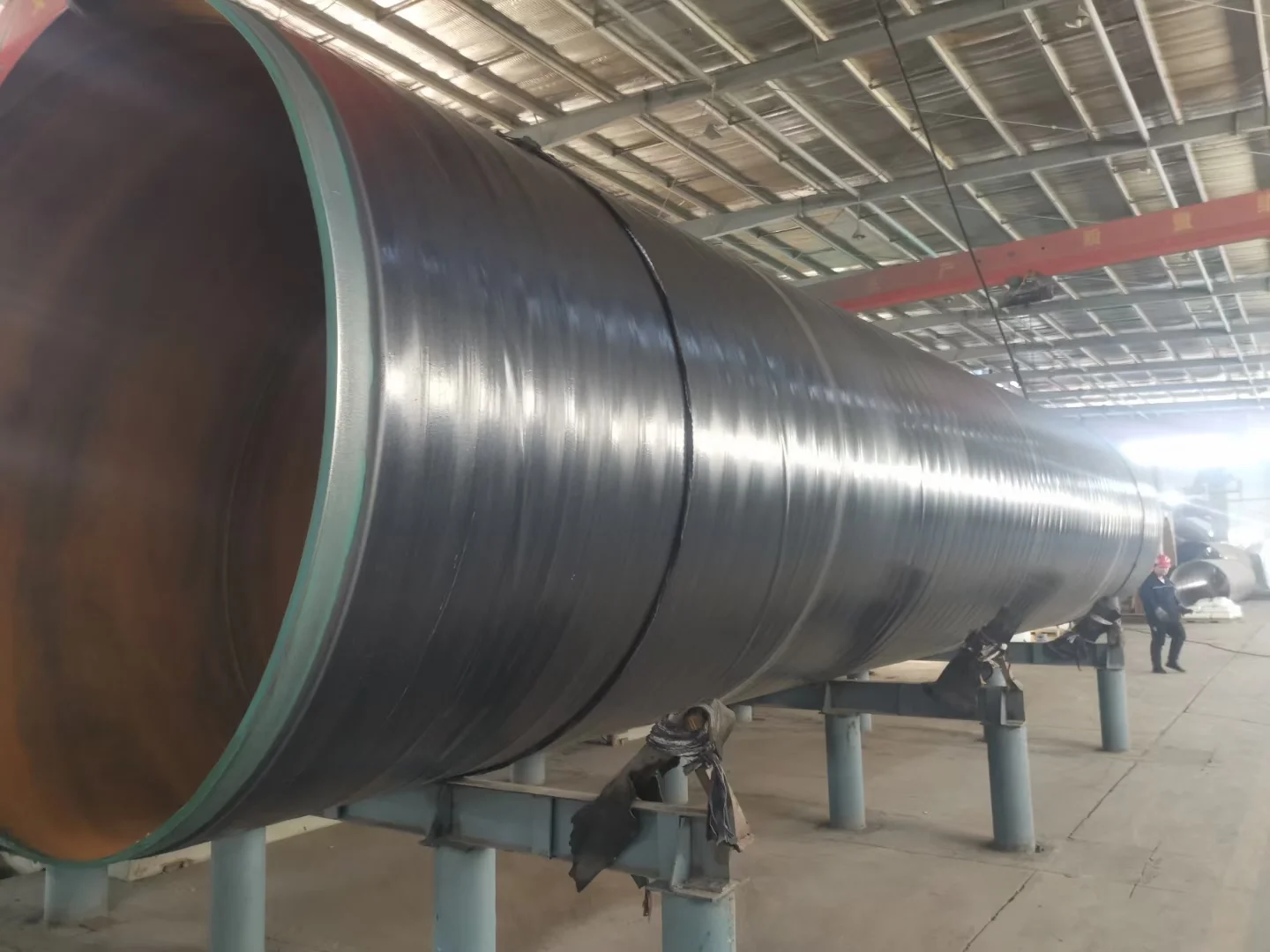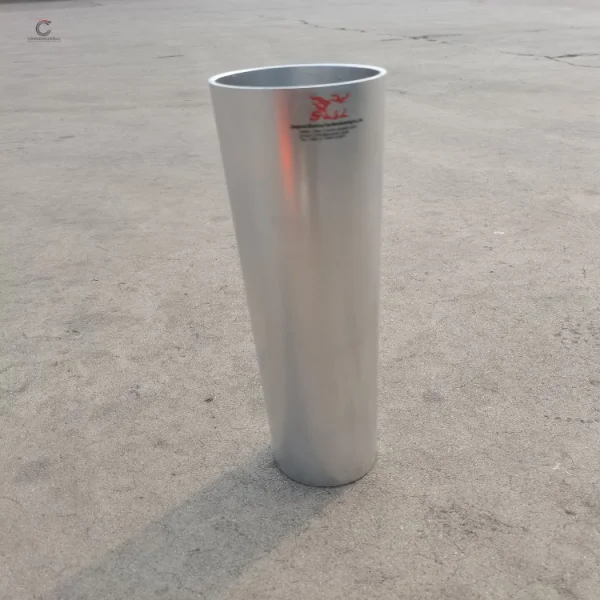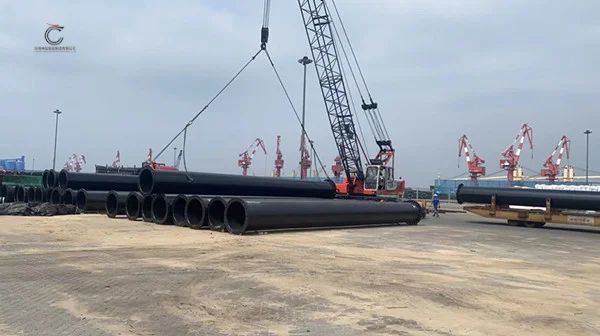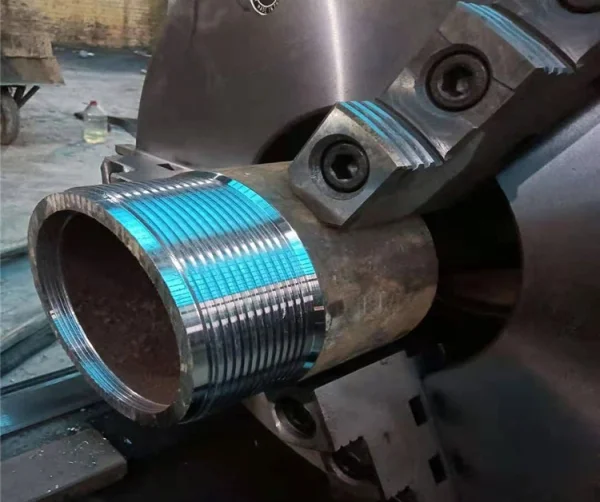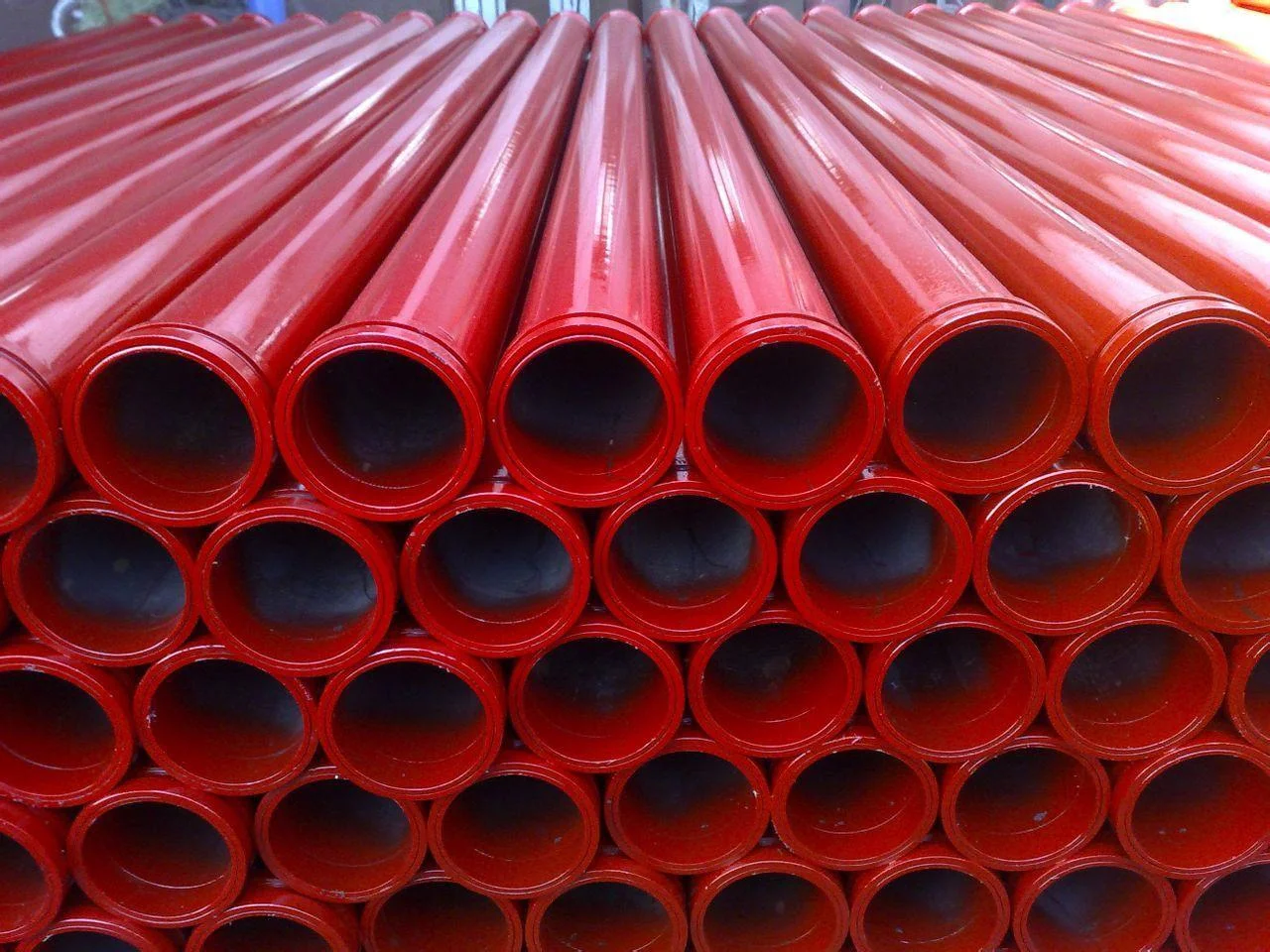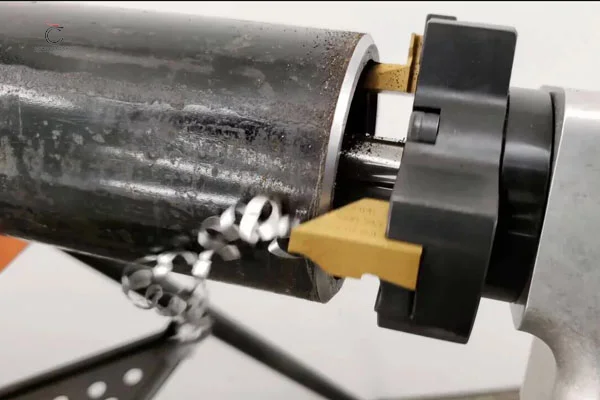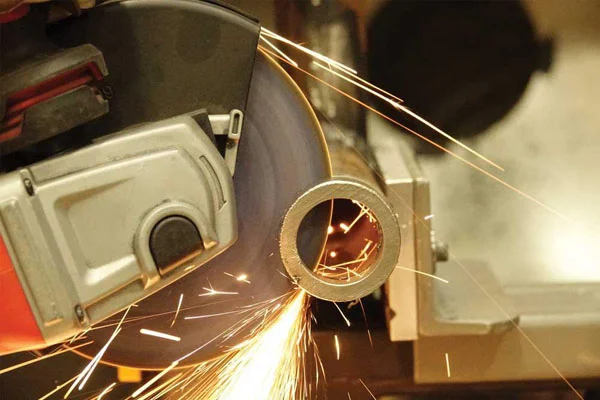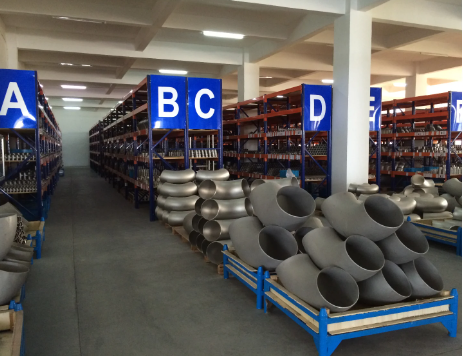Product List
Pipe pile
Type: Steel pipe pile, Pipe pile, Tsubasa pile, Super KING construction method pile, Marine coat steel pipe pile, NF pile/SL pile
Materials: GR.B, GR2, GR3, CC60, CC70,ST52, S235JR, S355JR, X42,X52 etc.
Standard: API 5L, ASTM A53, A515, A672, A500, A252, EN10255 etc.
What is steel pipe pile
Steel pipe piles employing circular steel pipes, and tubes play a valuable role as basic materials for civil engineering and construction due to their high strength and uniform quality. The numbers of large-scale construction projects on soft ground or in coastal areas, and of marine civil engineering projects, are also on the increase, making earthquake-resistance of structures an even more important issue. Steel pipe piles can meet all of these requirements. Because they have high strength and earthquake resistance, steel pipe piles can make highly reliable foundations.
Pipe piles are commonly used for major bridge foundations due to their stiffness and available size range. Pipe piles can be fabricated from a variety of materials, including extruded or rolled thin-walled pipe, spiral welded steel, extruded steel, and rolled steel. The most common type of pipe pile is the ASTM A252, which is made from welded and seamless steel pipe. The wall thickness of the pipe can be increased to increase the stiffness of the pile, making it ideal for use in bridge foundations. Pipe piles are also relatively easy to install, making them a popular choice for foundation work.
Specification of pipe piles:
Outer diameter: </b>8”-100” (219mm-2540mm).
Wall thickness:</b> 8mm-40mm.
Length: 12m-48m
Usage: Revetment, quay wall, retaining walls, breakwater, scour prevention, reinforcement of dikes etc.
The difference between open-ended pipe pile and close-ended pipe piles
There are two primary types of pipes used in construction projects: open-ended and close-ended. Each has its own unique advantages and disadvantages that should be considered when choosing which type to use.
Open-ended pipes are more resistant to stress and damage, making them ideal for use in areas where there may be obstacles such as rock or boulders. Additionally, they are frequently used on offshore gas platforms and oil rigs. However, one downside of open-ended pipes is that they can be more difficult to install.
Close-ended pipes, on the other hand, are typically used in sandy areas. This is because they are better able to bear the load from the pile toe. While close-ended pipes are generally easier to install than open-ended pipes, they can be more susceptible to damage from water and chemicals.
PRODUCTION STANDARD OF PRESSURE PIPE
ASTM A252 and ASTM A500 piling pipes are structural pipes that are well-suited for use in buildings, retaining walls, and other structures that require a robust, dependable, and high-quality steel piling pipe as a structural component.
Features of steel pipe pile
1. Large vertical-bearing capacity
By driving the pipe piles into firm bearing layers, they exhibit a large vertical-bearing capacity.
2. High bending strength
Steel pipe piles with high stiffness and high bending strength enable resistance to considerable horizontal force during earthquakes.
3. Excellent environmental performance
Piles with small section areas realize less earth removal and low vibration and noise.
4. Custom fit for each structure
Various pile lengths, diameters, and thicknesses contribute to the economical design.
5. Easy production of longer piles and jointing piles
Longer products can be manufactured, and, as joining piles by welding is also easy, it is possible to apply these to deep water and deep underground structures.
6. Easy jointing with superstructures
Jointing with upper concrete structures is easy, using reinforcing steel bars at the top of piles.
7. Easy handling
Application of steel pipe pile
· Bridge foundations
· Building foundations
· Harbor structures
· River structures
· Others (landslide prevention piles, etc.)





